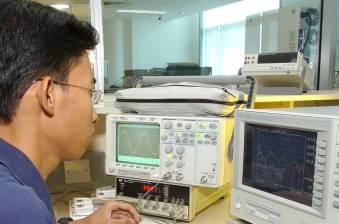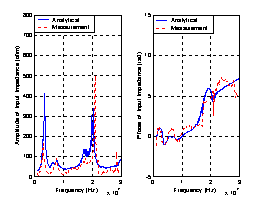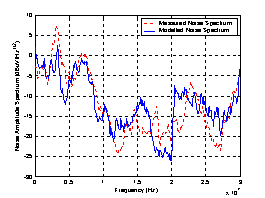|
Research on Power Line
Communications
Power
line communications (PLC) has recently gained widespread interest
as a viable alternative technology for broadband
communications. This interest stems from the fact that PLC
does not require substantial new investment for the
communications infrastructure, but uses the existing low
voltage (LV) power line distribution network that already
penetrates into every residential, commercial and industrial premises
to carry voice, data and video traffic.
However,
the power line medium presents an extremely harsh environment
to operate a communication system as characteristics such as
line impedance, noise and attenuation can be highly variable
with time, frequency and location. It is therefore necessary
to study the power line channel and understand its
unpredictable characteristics in order to optimize its use for
broadband communications.
This
research program is initiated to identify and overcome
potential issues/barriers to the successful deployment of PLC
technology. Recent projects being carried out include:
Power
Line Channel Modeling
A
comprehensive and versatile computer model of the power line
channel has been developed in terms of transfer function,
impedance and noise. In this model, power line is approximated
as a transmission line, of which two intrinsic parameters, the
characteristic impedance and propagation constants, are
derived based on lumped-element circuit model. Using these
intrinsic parameters, transfer characteristics for a N-branch
power distribution network are derived based on the scattering
matrix method. The model has been verified with practical
measurements conducted on actual power networks. It has shown
to accurately determine the line characteristics under
different network configurations and when different household
appliances are connected.The
model helps to raise the understanding of adverse channel
conditions and aids in the design of PLC systems.
MAC
Protocols for PLC Systems
To
minimize possible electromagnetic interferences (EMI), PLC
access networks have to operate with limited signal power,
which in turn may reduce the system data rate. In order to
compete with other access technologies, PLC systems have to
ensure higher levels of network utilization. A medium access
control (MAC) protocol that maximizes network utilization is
thus desired. Both mathematical and simulation models have
been successfully developed for MAC protocol performance
analysis under impulsive noise interference. Currently, a new
protocol is being designed that would optimize packet length
to achieve maximum network utilization in different PLC
environments.
PLC
Systems with Low EMI Radiation
Electromagnetic
fields radiated from power lines may cause disruption to
existing critical radio communication services. To address
this issue, the research group has been collaborating with
Agilent Technologies in the
development of PLC systems with low EMI radiation. Recently,
the potential use of optical couplers for broadband power line
modems to reduce EMI radiation has been demonstrated.
Mathematical models are being developed to predict radiated
electromagnetic fields from power lines under different
cabling arrangements. The project is also expected to explore
new signal-injection technologies for suppressing EMI
radiation from PLC systems to safeguard the public interests.
Building
Monitoring and Control System
This
is a new project initiated to develop a reliable PLC-based
in-building monitoring and control system of interest to
Surbana Technologies (a subsidiary of HDB). The project will
use existing power lines as a
communication medium to transmit data for monitoring and
control of building functions such as lift alarm, water pump
alarm, switch room alarm, etc. in HDB estates in Singapore.
|

(a)
Transfer function |

Development of EMI analyzer for broadband PLC
networks
|
|

(b)
Input impedance |

Dr.
So Ping Lam, program director of the PLC research
program, briefing visitors on the research activities in
NTRC.
|
|

(c)
Noise spectrum |
|
|
Power
line channel modeling: Comparison between modeled and
measured power line characteristics. The characteristics
derived from the developed channel model are found to be
in good agreement with that measured from actual power
networks. |
|
For
more information on professional services and research
collaborations, please contact:
Asst
Prof So Ping Lam
Program
Director (Power Line Communications)
Network
Technology Research Centre
Research
TechnoPlaza
4th
Storey, Slab Block
50
Nanyang Drive
Singapore
637553
Tel:
(65) 6790 5026
Fax:
(65) 6792 6894
Email:
eplso@ntu.edu.sg
|